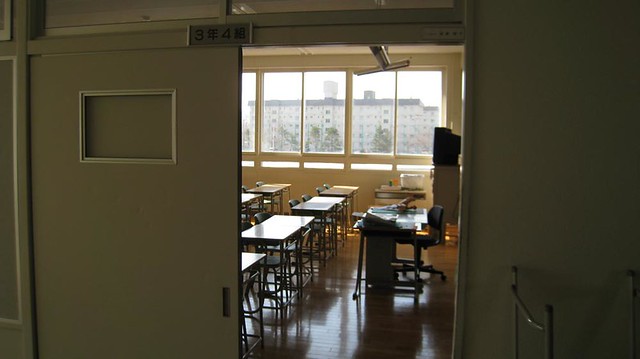 |
| Speech Bubbles- Artwork by Styven Magnes |
I love to talk.
Talks Too Much was always checked my grade card.
Most teachers I know are talkers
I talk fast and furiously---and after being in my classroom for just a few weeks, so did most of my students
But there is talk... and then there is talk.
How do we harness the lively interactions, the verbal connections, the sometimes intense sparring, the discourse energy that exist in our learning spaces?
How do we create this necessary energy where it does not currently exists?
I am in the midst of rereading Socratic Circles: Fostering Critical and Creative Thinking in Middle and High School
In older paradigms of education, the teacher owned all the information, and dispensed it as she saw fit. She governed the pace, determined the detours, and ruled the reasoning of most discussions.
Much of the talk in the classroom was the teacher lecturing, the teacher giving directions and instructions, the teacher asking questions, the teacher answering questions.....the teacher talking and talking and talking.
New paradigms, however, call for the teacher to be a facilitator of knowledge and learning, a guide and moderator in the ongoing conversations taking place in the classroom, and not the sole voice heard.
Students are now encouraged to collaborate with the teacher and each other in their own learning.
Often times the direction of learning and conversations are determined by students.
In the last decades, as we have embraced the new paradigms this text reminds us:
We no longer stand in the front the room " telling" information.Rather, we engage our students in a variety of discovering and learning experiences that allow them to grow at their own pace, working with what interests them within the curriculum, making choices, collaborating and learning with others, as well as learning independently and individually.
One way we have made this happen is through intentionally designed opportunities for focused talk or conversations, in whole groups, as well as informal and formal small groups.
For me, it began with Annemarie Sullivan Palinscar and Ann Brown. Their work in Reciprocal Teaching led me to begin experimenting with student discussions and different ways of conducting small groups. almost 30 years ago.
While originally designed to intentionally guide and improve reading comprehension, Reciprocal Teaching also initiated my interest in student talk and the ways it promoted learning in general.
- Summarizing-Identifying the important points in what has been read (or seen or heard)
- Questioning- Generating questions related to what has been read
- Clarifying- Clearing up any confusions in the text
- Predicting- Thinking about what information the author will present next
Judith Howard provides a summary of this tried and still true reading comprehension strategy.
Anne Palinscar also describes her work with Reciprocal Teaching.
Building on this foundation, book clubs, literature circles, and writing circles also became a necessary part of our days together.
Katherine Schultz encourages us to listen to that silence and rethink ways we witness and foster participation in our classrooms.
In their introduction, Zwiers and Crawford speak to the power of conversations:
Conversations are... powerful sculptors. They shape our identity, thoughts, beliefs, and emotions. We all have had intense conversations from which we walked away (or lost sleep ) mulling over the ideas that we discussed. Conversations can leave us pondering and processing ideas for hours, days, and even years. These ideas, in turn, contribute to the inner dialogues that we hold in our heads, throughout each day... More than we realize, we are the products of thousands of conversations.What conversations are we having in our classrooms? What talk are we facilitating?
What conversation will sculpt our students or shape their identities?
Which conversation will they fall asleep still pondering?
Related Post
Creating Community: For Writers and Beyond
Today's Deeper Writing Possibilities
Reflect on the conversations in which you engage in a single day.
Consider the many types of conversation.
What moves these conversations forward?
What abruptly ends conversations?
Think about contexts in which you easily express your ideas? Which contexts and conditions hinder communication?
Write a poem about talk.
Write an essay describing ideal talk spaces, conditions, situations and strategies.
Consider the many types of conversation.
What moves these conversations forward?
What abruptly ends conversations?
Think about contexts in which you easily express your ideas? Which contexts and conditions hinder communication?
Write a poem about talk.
Write an essay describing ideal talk spaces, conditions, situations and strategies.


